Description
Acute musculoskeletal pain—whether from a back strain, a pulled muscle, or a sports injury—can be debilitating. It disrupts your sleep, your work, and your overall quality of life. When rest and over-the-counter remedies aren’t enough, your healthcare provider may prescribe a muscle relaxant like Pain-O-Soma 350mg (Carisoprodol).
But before you consider any medication, being well-informed is the first step toward safe and effective treatment. This comprehensive guide is designed to be your ultimate resource for everything related to Pain-O-Soma. We will delve into what it is, how it works, its proper use, and the critical safety information you must be aware of.
What is Pain-O-Soma 350mg (Carisoprodol)?
Pain-O-Soma is a brand name for the prescription medication Carisoprodol, a centrally-acting skeletal muscle relaxant. The “350mg” refers to the strength of the active ingredient, Carisoprodol, in each tablet.
It is specifically designed for the short-term relief of acute, painful musculoskeletal conditions. It is not intended for long-term use or for chronic pain conditions. Think of it as a tool to help you get through the worst of the pain, allowing your body to rest and begin the healing process, often in conjunction with physical therapy and rest.
Key Characteristics:
-
Drug Class: Centrally-acting muscle relaxant.
-
Active Ingredient: Carisoprodol (350mg per tablet).
-
Primary Use: Short-term treatment of muscle pain and stiffness.
-
Schedule: It is a controlled substance in many countries (e.g., Schedule IV in the United States) due to its potential for abuse and dependence.
How Does Pain-O-Soma Work? Unraveling the Mechanism of Action
The exact way Carisoprodol works is not fully understood, but its effects are primarily attributed to its action on the central nervous system (the brain and spinal cord).
-
Interruption of Pain Signals: It is believed that Carisoprodol alters the communication between nerves in the parts of the brain that control voluntary movement and sensation. This includes the reticular formation and spinal cord.
-
Sedative Effect: Pain-O-Soma has a pronounced sedative effect. By depressing the central nervous system, it helps to reduce the sensation of pain and induces muscle relaxation. This doesn’t mean it directly relaxes the skeletal muscle at the site of injury (like a direct-acting muscle relaxant would). Instead, it “tells” your brain to relax the muscles, thereby alleviating spasms and the associated pain.
-
Metabolite Activity: An important aspect of Carisoprodol is that it is metabolized (broken down) in the liver into a compound called meprobamate. Meprobamate is an anxiolytic drug with its own sedative and anti-anxiety properties. This metabolite contributes significantly to the overall effects and the potential for dependence of Pain-O-Soma.
Conditions Treated by Pain-O-Soma 350mg
Pain-O-Soma is not a cure-all for every type of pain. It is specifically indicated for acute conditions, typically lasting for two to three weeks. Common conditions for which it may be prescribed include:
-
Back Pain: Acute lower back pain caused by muscle strains or spasms.
-
Muscle Sprains and Strains: Injuries to ligaments (sprains) or muscles/tendons (strains).
-
Muscle Spasms: Painful, involuntary contractions of muscles.
-
Other Musculoskeletal Injuries: Such as those resulting from accidents, falls, or physical overexertion.
Important Note: It is crucial to understand that Pain-O-Soma is a symptomatic treatment. It relieves the pain and stiffness but does not address the underlying cause of the injury. A comprehensive treatment plan should include addressing the root cause through physical therapy, ergonomic adjustments, and other interventions as recommended by your doctor.
Dosage and Administration: How to Take Pain-O-Soma Safely
Adhering to your doctor’s prescription is paramount for safety and effectiveness. The following information is a general guideline. Always follow the specific instructions provided by your healthcare provider.
-
Standard Adult Dosage: The usual recommended dose for adults is one 350mg tablet, taken three times a day and at bedtime.
-
Frequency: This means the medication is typically taken four times in a 24-hour period.
-
Duration of Treatment: The course of therapy should be limited to two to three weeks. Due to a lack of evidence of effectiveness and a significant risk of dependence, long-term use is not recommended.
Best Practices for Taking Pain-O-Soma:
-
With or Without Food: It can be taken with or without food. If you experience an upset stomach, taking it with a meal may help.
-
Avoid Alcohol: You must absolutely avoid alcohol while taking Pain-O-Soma. The combination can lead to dangerous additive effects, including severe drowsiness, dizziness, respiratory depression, and even overdose.
-
Do Not Crush or Chew: Swallow the tablet whole with a full glass of water.
The Crucial Side Effects Profile
Like all potent medications, Pain-O-Soma can cause side effects. Not everyone will experience them, but it’s essential to be aware.
Common Side Effects (Usually mild and may subside as your body adjusts):
-
Drowsiness or sedation (the most common side effect)
-
Dizziness
-
Headache
-
Nausea
-
Vomiting
-
Upset stomach
Serious Side Effects (Require immediate medical attention):
While less common, some side effects can be severe and indicate a serious problem. Stop taking Pain-O-Soma and seek emergency medical help if you experience:
-
Signs of an Allergic Reaction: Hives, itching, difficulty breathing, swelling of your face, lips, tongue, or throat.
-
Severe Skin Reactions: Fever, sore throat, burning in your eyes, skin pain, followed by a red or purple skin rash that blisters and peels.
-
Neurological Symptoms: Loss of coordination, extreme weakness, vision problems, confusion, agitation.
-
Seizures (convulsions).
-
Fast or irregular heartbeat.
-
Unexplained mood or behavior changes.
Black Box Warning and Critical Safety Warnings
This is the most important section. The U.S. Food and Drug Administration (FDA) requires a BOXED WARNING (the strongest safety warning) for Carisoprodol.
-
Potential for Abuse, Dependence, and Withdrawal:
-
Abuse: Pain-O-Soma has a known potential for abuse and psychological dependence. Its metabolite, meprobamate, is particularly addictive.
-
Dependence: With prolonged use, your body can become dependent on the drug.
-
Withdrawal: Suddenly stopping the medication can lead to severe withdrawal symptoms. These can include stomach cramps, headache, nausea, trouble sleeping, and in severe cases, hallucinations and seizures. It is vital to taper off the medication under a doctor’s supervision.
-
-
Risk of Sedation and Impairment:
-
Pain-O-Soma causes drowsiness and can significantly impair your thinking and motor skills. Do not drive, operate machinery, or perform any hazardous activity until you know how this medication affects you. The sedative effect is amplified by alcohol and other CNS depressants.
-
Drug Interactions: A Dangerous Game
Pain-O-Soma can interact dangerously with other medications and substances. You must inform your doctor about all the drugs you are taking, including:
-
Other CNS Depressants: This includes benzodiazepines (e.g., Xanax, Valium), opioids (e.g., Codeine, Hydrocodone), sleep aids (e.g., Zolpidem), and certain antidepressants. Combining these increases the risk of profound sedation, respiratory depression, coma, and death.
-
Alcohol: As stated earlier, this combination is extremely dangerous.
-
Enzyme Inhibitors: Drugs that affect the liver enzymes responsible for metabolizing Carisoprodol (like some SSRIs, omeprazole, or fluvoxamine) can alter the levels of the drug in your bloodstream.
Who Should Avoid Pain-O-Soma? (Contraindications and Precautions)
Pain-O-Soma is not suitable for everyone. You should not take it if you:
-
Have a known allergy to Carisoprodol or related compounds like meprobamate or tybamate.
-
Have a history of acute intermittent porphyria (a rare metabolic disorder).
-
Have severe liver or kidney disease.
Special Precautions should be taken by:
-
Pregnant and Breastfeeding Women: The safety of Carisoprodol during pregnancy is not established. It can pass into breast milk and may harm a nursing baby. Discuss the risks and benefits with your doctor.
-
The Elderly: Older adults may be more sensitive to the effects of the drug, especially drowsiness and dizziness, which can increase the risk of falls.
-
Individuals with a History of Substance Abuse: Those with a history of drug or alcohol addiction are at a higher risk of abusing Pain-O-Soma.
-
People with Seizure Disorders: Carisoprodol may lower the seizure threshold.
Conclusion: An Informed Path to Pain Relief
Pain-O-Soma 350mg (Carisoprodol) can be a highly effective medication for providing short-term relief from the intense discomfort of acute musculoskeletal injuries. Its ability to relax muscles and provide sedation can offer a much-needed reprieve, allowing for rest and recovery.
However, this effectiveness comes with significant responsibility. The risks of dependence, severe side effects, and dangerous interactions cannot be overlooked. It is a tool that must be used with caution, respect, and under the strict guidance of a qualified healthcare professional.
Disclaimer: The information on this website is for educational and informational purposes only and is not a substitute for professional medical advice, diagnosis, or treatment. Always seek the advice of your physician or other qualified health provider with any questions you may have regarding a medical condition. Do not purchase or use Pain-O-Soma without a valid prescription from a licensed doctor.
Checked Date: 16-Nov-2025
Next Check Due: Oct-2026


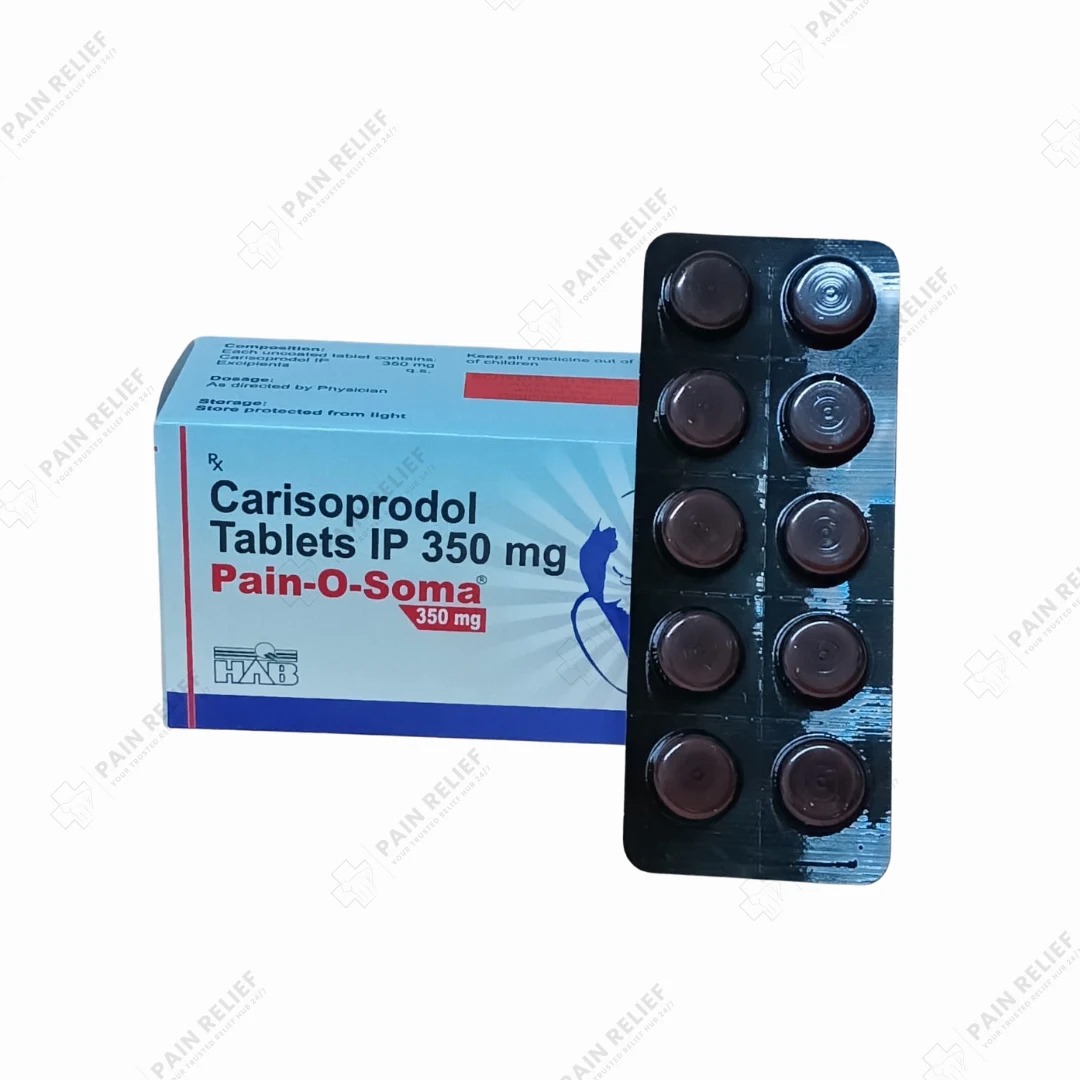

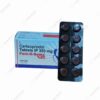
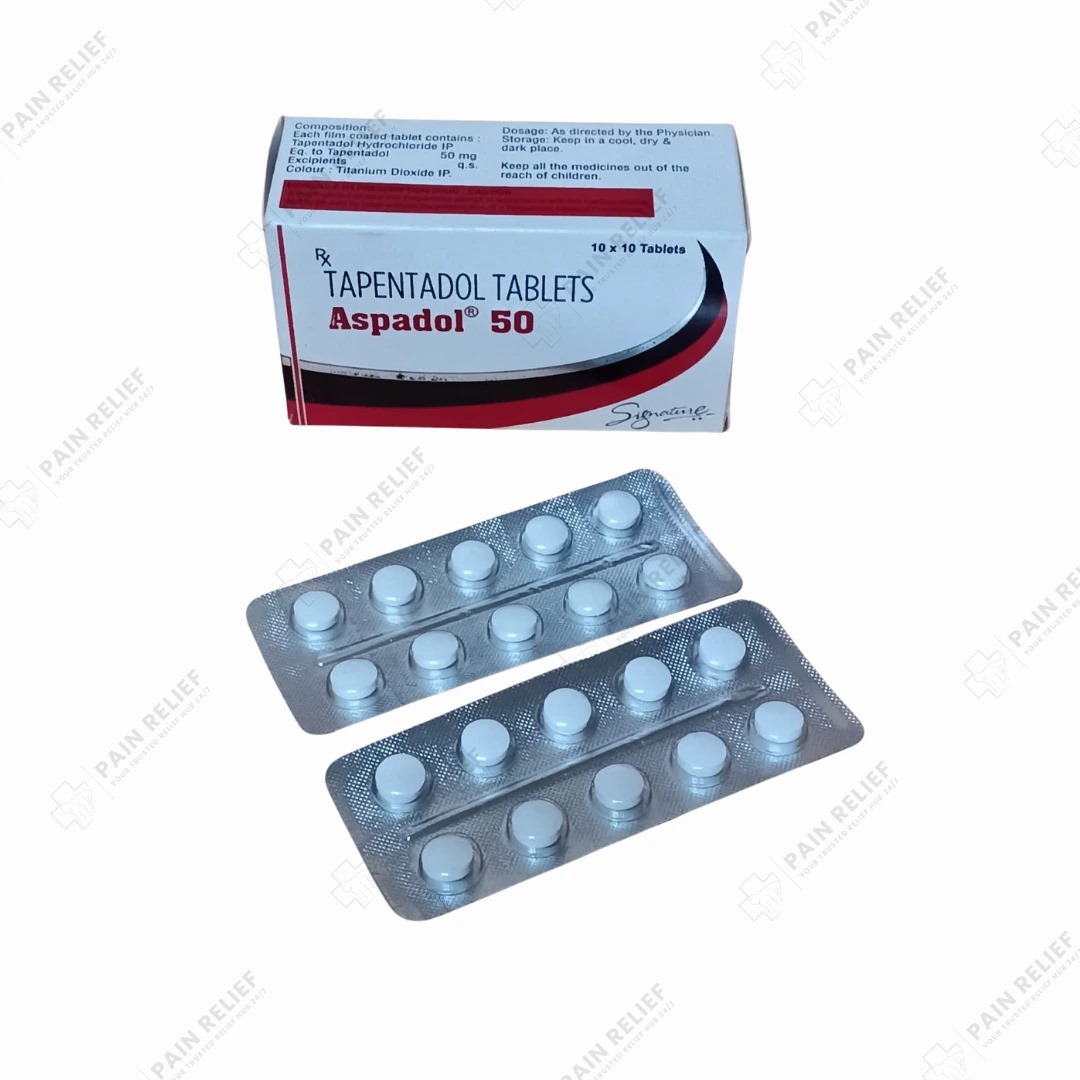
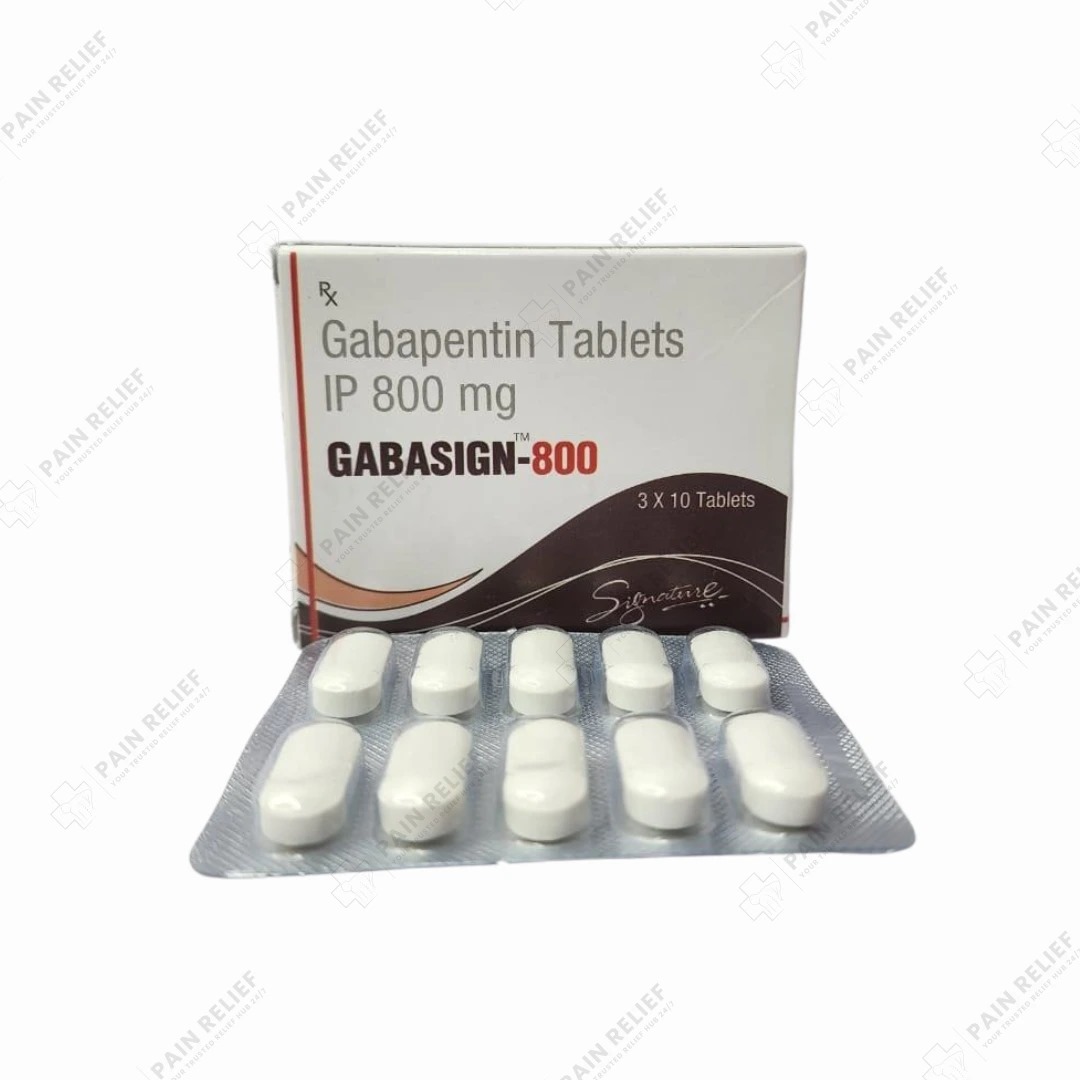
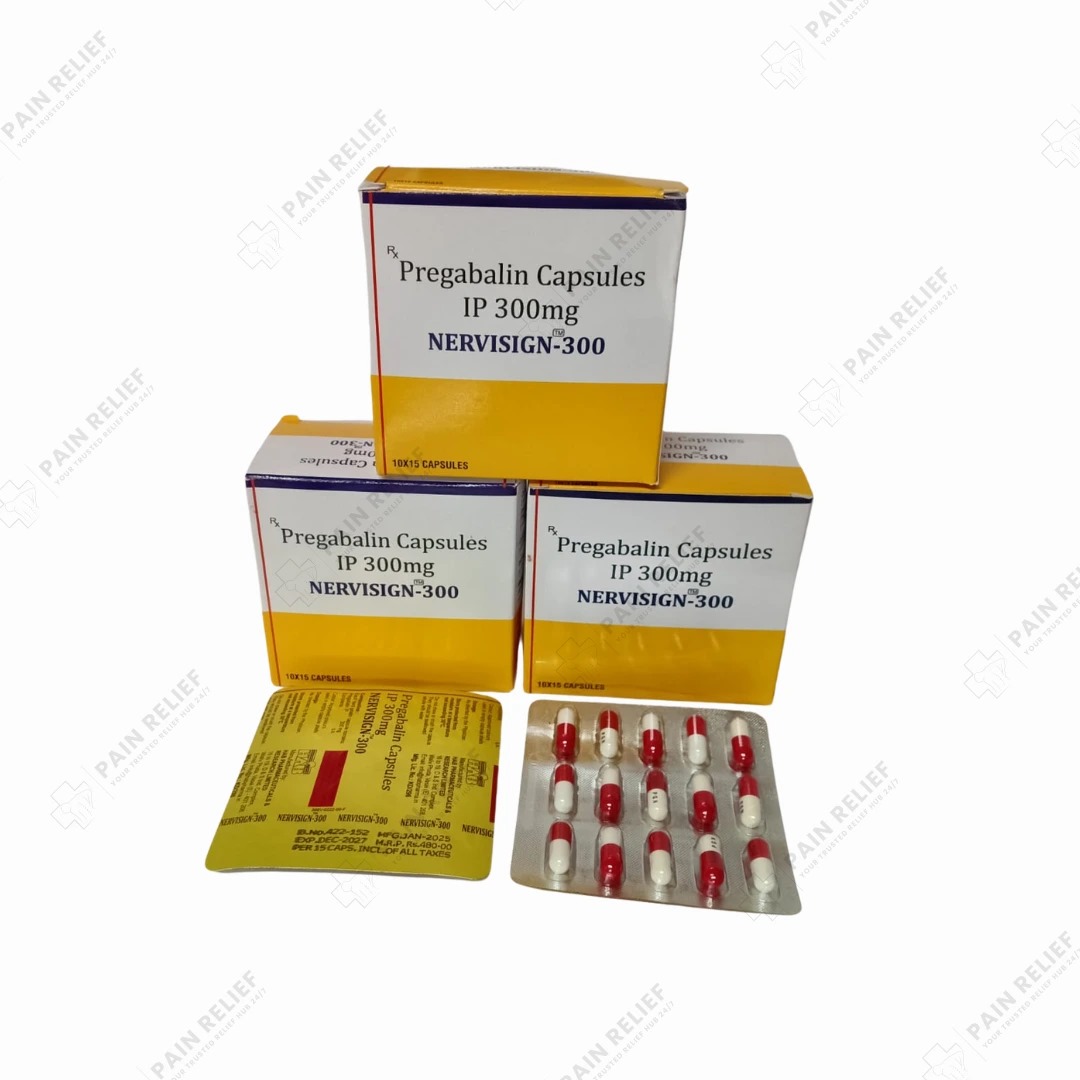
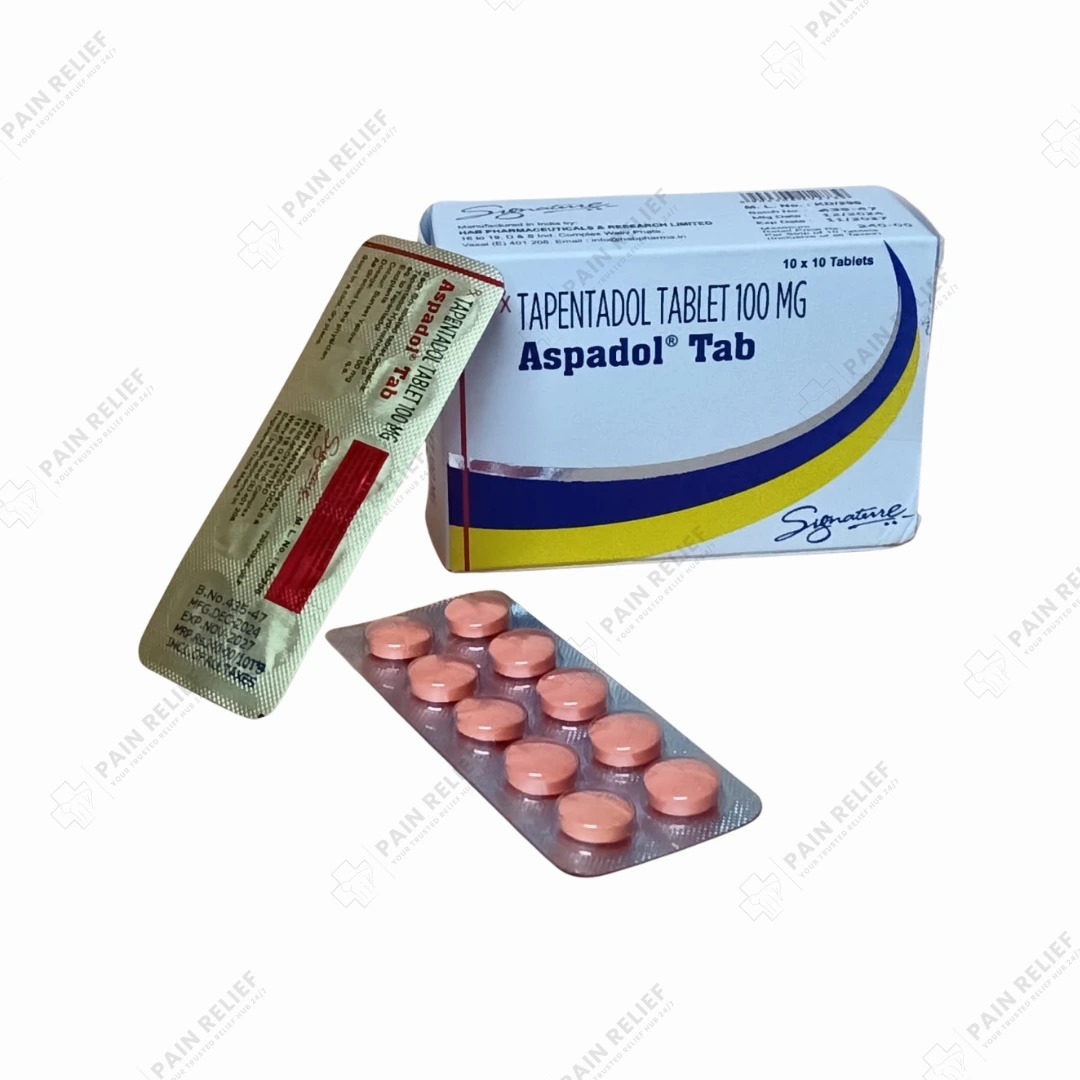
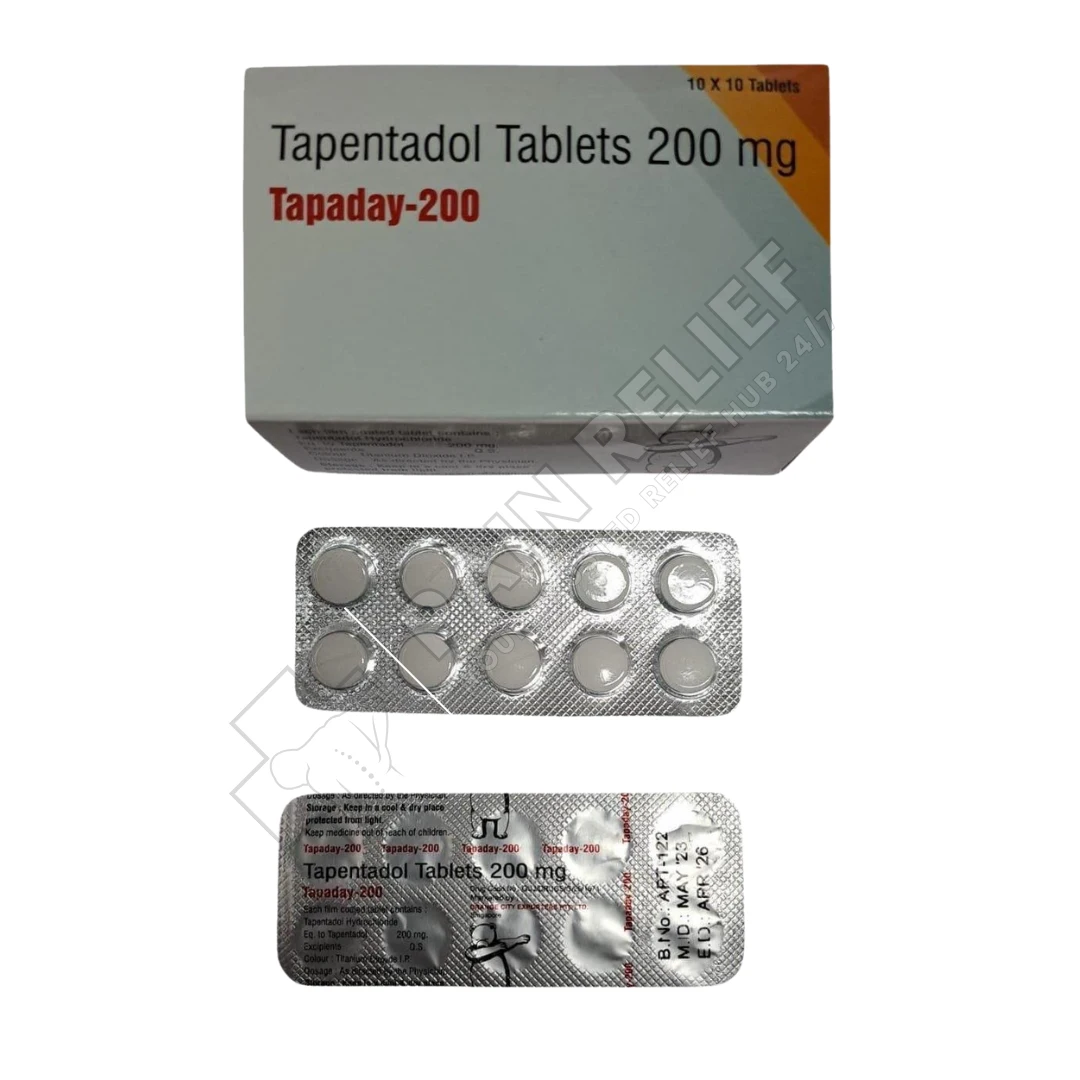
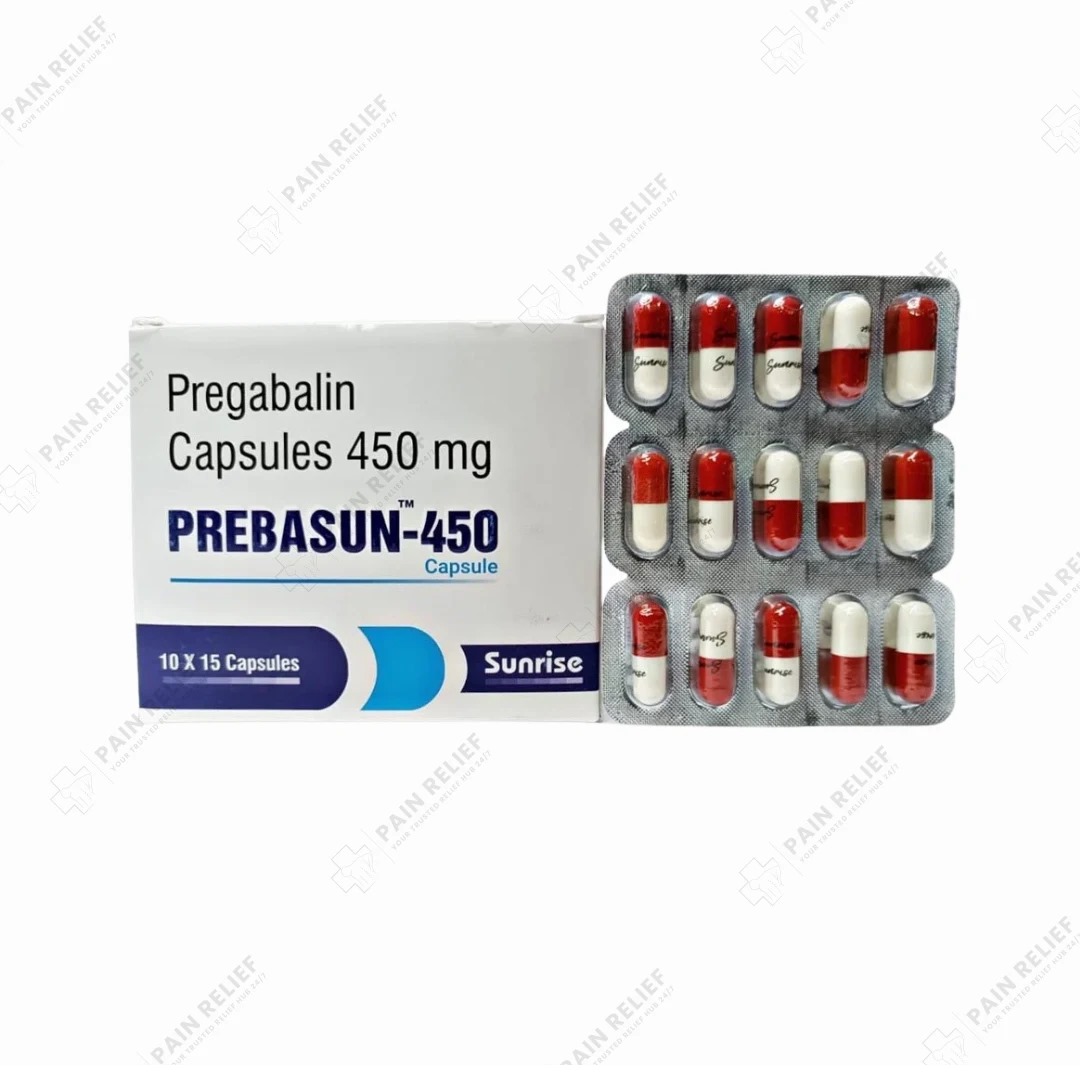
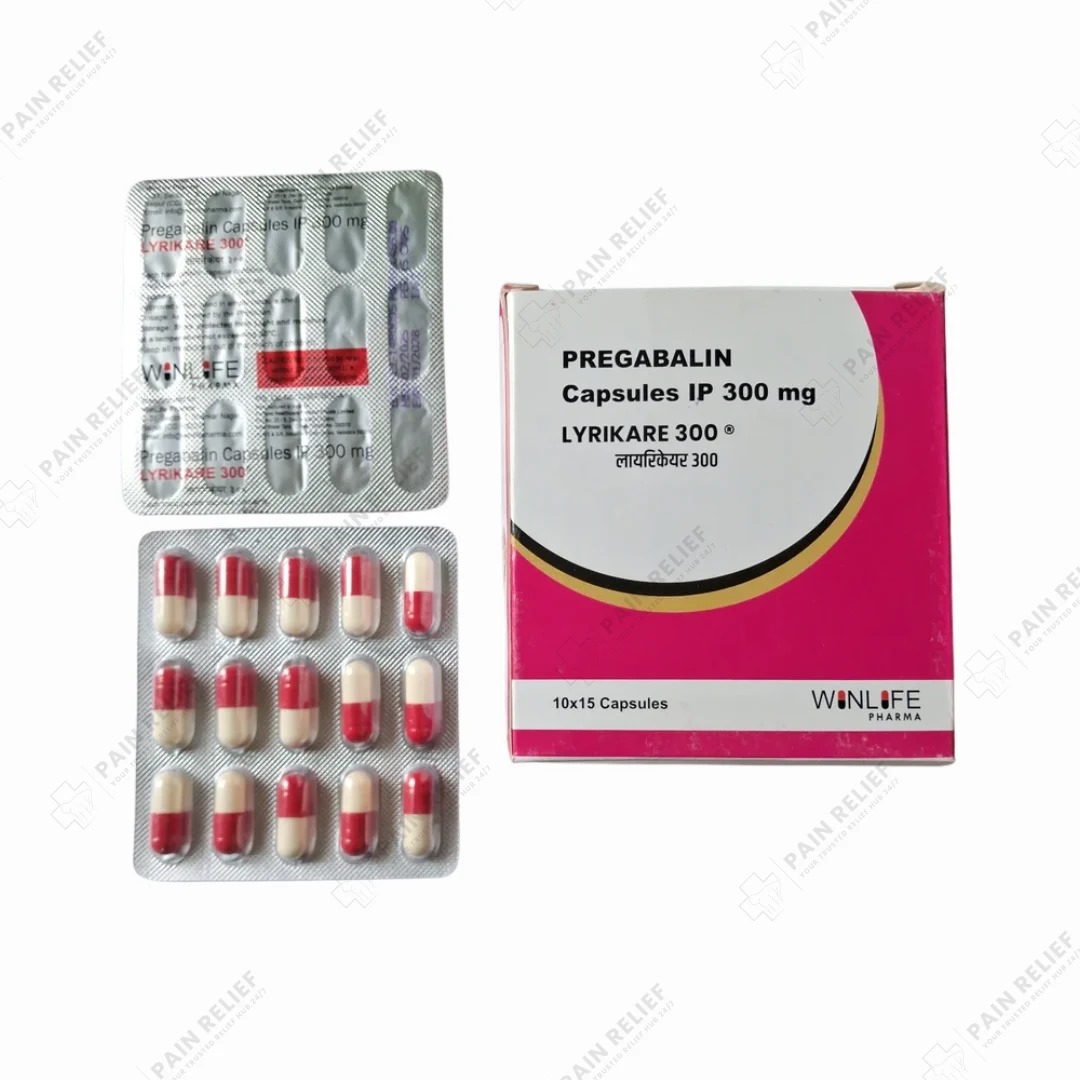








Mark –
I have chronic lower back pain from an old injury, and this medication has been a lifesaver. It relaxes my muscles enough that I can finally get a good night’s sleep. It does make me a bit drowsy, so I only take it in the evenings. Highly effective for muscle spasms.
Liam K –
Finally found relief for my lower back spasms. This works quickly and lets me sleep through the night. A bit drowsy the next morning, but worth it for the pain relief.
Mark Jenkins –
For chronic back spasms, this is the only thing that provides real relief. It works quickly and allows me to function. Highly effective.
Sarah Chen –
It made me quite drowsy, so I only take it at night. But for stopping muscle spasms so I can sleep, it’s been a game-changer.
David Miller –
Effective for pain, but the sedative effect is strong. Be careful not to drive or operate machinery after taking it. Does the job if you can rest.
Linda Patterson –
My doctor prescribed this after a car accident. It really loosens my tight neck and shoulder muscles. Just be sure to follow the dosage exactly.
Robert Garcia –
Works well for my muscle pain, but the effect doesn’t last as long as I’d hoped. Good for short-term, severe flare-ups.